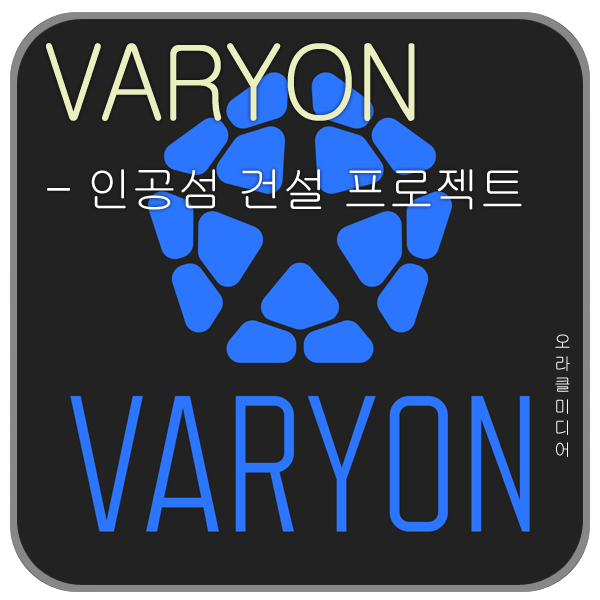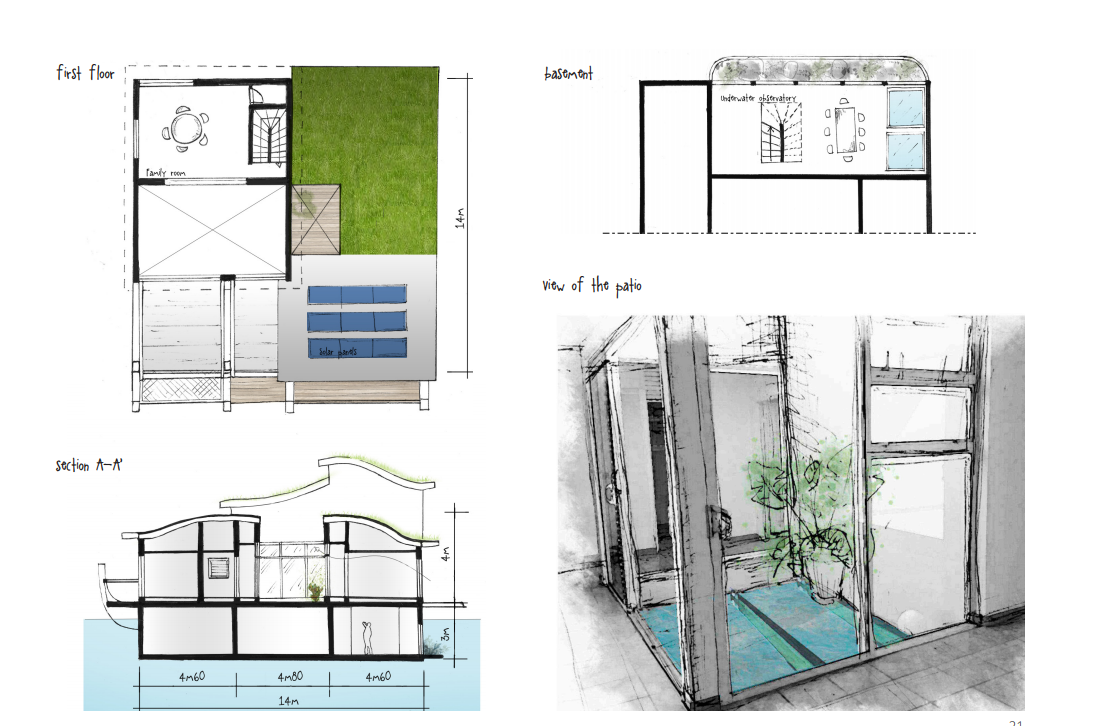Floating Island project, which is an artificial island project, is a very big business.
The most ideal means for individuals to own is to purchase artificial islands. Private airplanes, luxury homes, cars, beaches, and more. The advantage of artificial islands is that they can make local development and enjoy the tourism effect.
Moreover, it has the advantages of various business advancement because it can also generate wind power. "Palm Jumeirah" in Dubai already has palm-shaped artificial islands and was sold to signatories and celebrities around the world. It's very business-oriented, and I can not live without it. It is not just Palmer Meyer but more importantly, we are doing business with an emphasis on preserving marine ecosystem. It is a company called Blue Bounty. They are trying not only to design architectural technology, but also to bring together experts from various fields such as energy experts and environment experts, and try to find a perfect project.
The most ideal means for individuals to own is to purchase artificial islands. Private airplanes, luxury homes, cars, beaches, and more. The advantage of artificial islands is that they can make local development and enjoy the tourism effect.
Moreover, it has the advantages of various business advancement because it can also generate wind power. "Palm Jumeirah" in Dubai already has palm-shaped artificial islands and was sold to signatories and celebrities around the world. It's very business-oriented, and I can not live without it. It is not just Palmer Meyer but more importantly, we are doing business with an emphasis on preserving marine ecosystem. It is a company called Blue Bounty. They are trying not only to design architectural technology, but also to bring together experts from various fields such as energy experts and environment experts, and try to find a perfect project.

Design
The project on Tahiti Island is similar to a remote island. When you approach an island floating on a boat, the amount of the building becomes recognizable.
Behind the island is a floating structure that surrounds the protected area.
The bay is surrounded by seven platforms with a footprint of about 600 square meters.
The pier runs along the inside and connects this platform to a small wharf with a villa. Next to Floating Docks are various types of activities such as beaches, marinas or green areas for recreation and food production.
Larger platforms are covered with green roofs. Green roofs are used for water and solar energy collection, water treatment and provide habitats for many plants and small animals.
The roof can be accessed using stairs or ramps within the building. On the roof there is a green space for shared use and private use.
The seven smaller platforms have a footprint of about 200 square meters and are used in private cottages. The villas are designed with traditional and cultural considerations and will be built using local materials. Near the villas, there is a chargeable pay-tee (traditional meeting house), protected benches, bicycle parking, kayak and
canoe firing areas. There are local plants, including species such as Ficus pumila, Gardenia taitensis, and Cordyline fruticosa. The communal areas along the wharf create a pleasant atmosphere and provide opportunities

Multi-Building In
this example, a 25 x 25 meter platform is provided. The building includes two types of residential types: apartments and rooftop bungalows.
The apartments are accessible in a central covered space used for distribution, lighting and ventilation.
All apartments have loggia. The residential space on the left side of the building enjoys an open view of the lagoon, with the right area facing the central area and directly connected to the pier.
The roof bungalow is accessible using stairs connecting the first floor and the first floor, and can also be entered through the roof. Areas with low height next to the bungalow can be used for storage space and installation. There is Maison shop opposite bungalow.
The platform consists of several compartments that can be used for functions such as installation, storage of water and other items, or underwater: Restaurants
This example includes residential features. However, living spaces can be combined with workspaces and retail outlets on the same platform.
this example, a 25 x 25 meter platform is provided. The building includes two types of residential types: apartments and rooftop bungalows.
The apartments are accessible in a central covered space used for distribution, lighting and ventilation.
All apartments have loggia. The residential space on the left side of the building enjoys an open view of the lagoon, with the right area facing the central area and directly connected to the pier.
The roof bungalow is accessible using stairs connecting the first floor and the first floor, and can also be entered through the roof. Areas with low height next to the bungalow can be used for storage space and installation. There is Maison shop opposite bungalow.
The platform consists of several compartments that can be used for functions such as installation, storage of water and other items, or underwater: Restaurants
This example includes residential features. However, living spaces can be combined with workspaces and retail outlets on the same platform.
Here is an example showing the size, style and shape of a villa in a villa project.
The villa concept merges traditional canoes (va'a) and Mokulana while recalling the profile of nearby islands.
The living room and terrace are facing west to enjoy a sunset view. Terraces can be covered using a retractable cover system.
Shape and material (fiber) evoke the bar. The internal courtyard offers ventilation, lighting and an additional outdoor living room.
The va'a profile, a powerful symbol for Polynesian culture and a tool for discovering the roads in the sea, is integrated behind the villa. This element allows a variety of uses: Users can add sundecks, diving decks, balconies, hammocks, swing ropes and more.
Local materials such as kow, bamboo or teak are used for structure, cover, shade or indoor furniture. The curved roof is covered with plants or local wood panels and incorporates solar panels for its own energy supply.
The villas make residents closer to sea life thanks to features such as an underwater window that is used both in the underwater observatory (underground) and in the jacuzzi integrated into the terrace.
I finished the second analysis. I think it's a pretty good project.
Comments
Post a Comment